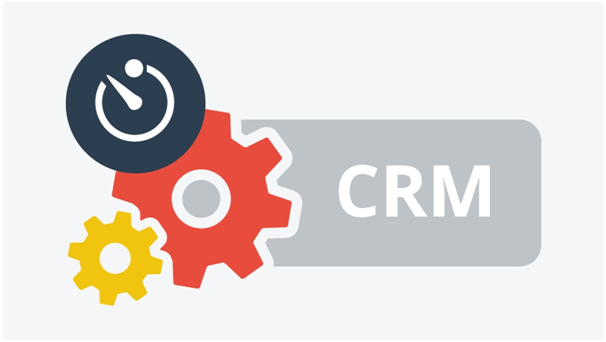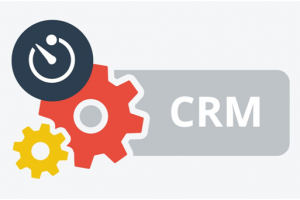Multiple spreadsheets, outlook contacts, paper records, mobile phone contacts, and scribbled notes. These are all common ways that customer/member details are kept in many organisations. And they are often created, updated and accessed only by one individual in the organisation. So how do you know which list is most up-to-date, if there are duplicate records, etc.? Well you don’t. Until a problem occurs.

This is why Customer Relation Management (CRM) systems are a crucial part of any cohesive organisation. Having a central customer record available in one system can save money, time, and reputation.
A good CRM tool will enable you to:
• Keep contact details up-to-date
• Track all interactions
• Run a vast range of reports – providing profiling and insights
• Add notes/research – list interests/hobbies, etc.
• Schedule follow-up calls/meetings
• Integrate with marketing systems, e.g. mailchimp, social media
• Link contacts together – university colleagues, business associates, spouses
When it comes to membership management, a computerised CRM system is an incredibly useful and powerful tool. It is also estimated that the average ROI for a CRM system in the US is $8.71 for each dollar spent. If your organisation could use a tool like this, why not visit ofec for a membership management system, today.
There are four main ways that your organisation can utilise the power of CRM:

1. Acquire profitable customers
A quality CRM will be able to centralise multiple sources of information to enable targeted marketing campaigns. The CRM tool should then be able to identify the most promising leads, allowing for resources to be appropriately directed.
2. Retain/maximise existing customers
It’s considerably cheaper to retain customers/members than obtain new ones. CRM systems allow you to analyse patterns in customer/member behaviour and target them individually with relevant retention communications. This can also help reduce the level of customer ‘churn’.
3. Reduce cost/improve customer service
An effective CRM system can automate various data entry processes, thus reducing costs. It can also help improve customer service, as when a service agent contacts a customer (or vice versa) they will have their full record at their fingertips.
4. Gain efficiencies
CRM reporting makes it easier to identify effective processes. These processes can add value to the organisation. CRM solutions can be all-encompassing, increasing efficiencies in terms of the IT infrastructure required.

